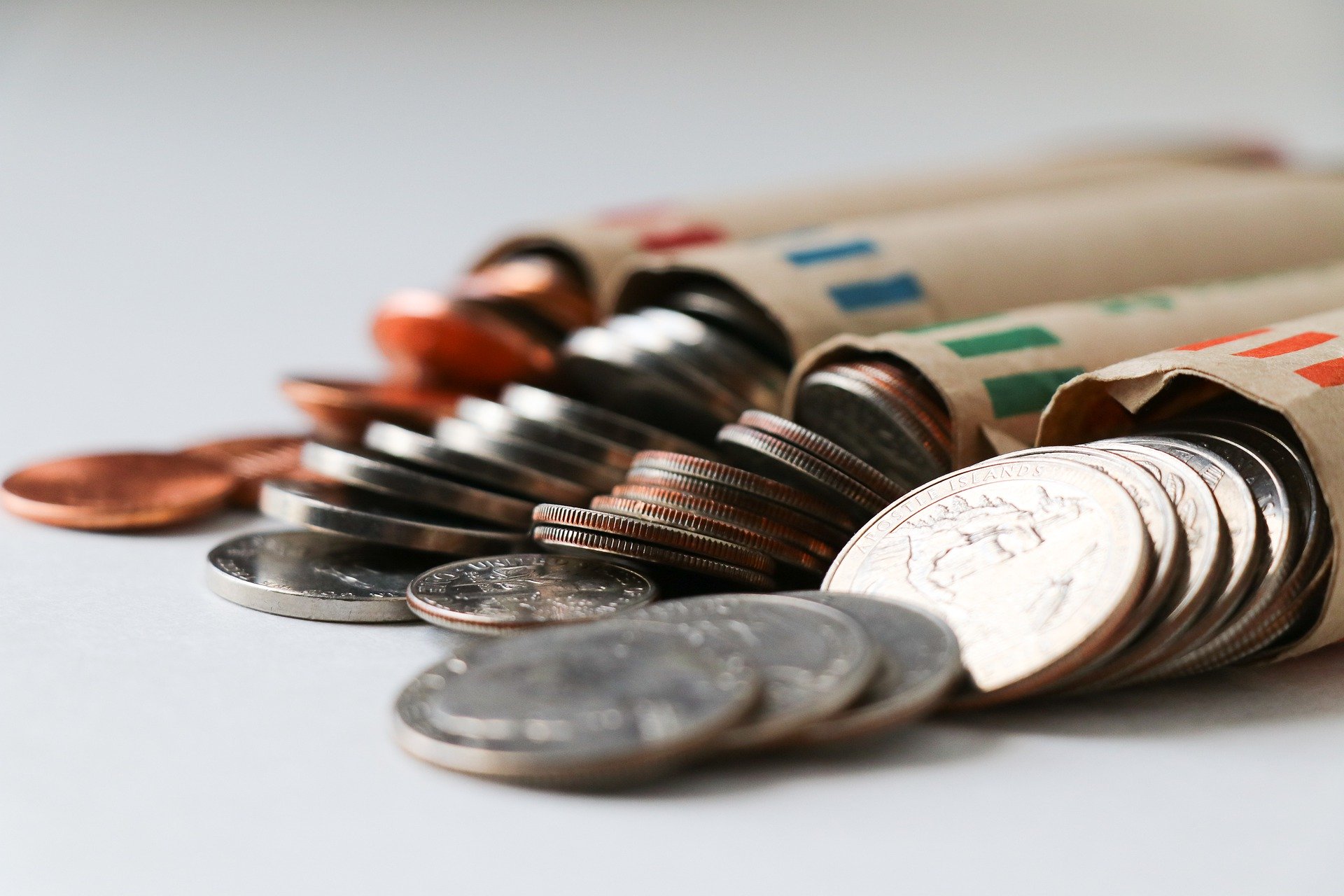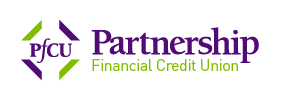
The COVID-19 Global pandemic caused an initial panic leaving store shelves empty of face masks and toilet paper. Hand sanitizer, cleaning supplies, paper towels and meat followed quickly in what was fast becoming routine for life during COVID-19. And now, the latest commodity to run in short supply is coins.
Got change? Many financial institutions, retailers and private citizens don’t.
Although we are increasingly becoming a cashless society, coins play an integral role in day-to-day commerce, and a dearth in their supply can severely impact small businesses that are already struggling to survive. There’s more than just pocket change at stake here, and if things don’t improve soon, the effect on the economy can be critical and long-lasting.
Here’s what you need to know about the most recent shortage caused by COVID-19.
What triggered the shortage?
The jangling coins in your wallet were stricken in the U.S. Mint. The Federal Reserve distributes these coins to financial institutions across the country. From there, the coins are purchased by retailers or private citizens, enter the economy and begin circulating. But now, with the pandemic upending the economy and the Mint operating at partial capacity, this chain was disrupted for months at a time.
“The COVID‐19 pandemic has significantly disrupted the supply chain and normal circulation patterns for U.S. coin,” according to a statement issued by the Federal Reserve. “In the past few months, coin deposits from depository institutions to the Federal Reserve have declined significantly and the U.S. Mint’s production of coin also decreased due to measures put in place to protect its employees.”
Federal Reserve Chairman Jerome Powell added that the massive shift to online or contactless transactions has further disrupted the flow of coins through the economy.
Even now, as large segments of the country reopen, the supply of coins is failing to keep pace with demand. Many consumers still shop remotely and those who do shop in physical stores are wary of handling germ-infested dollars and coins and are opting for contactless payment instead.
The response to the shortage
To help mitigate the fallout of the coin shortage, the Federal Reserve began to ration its coin distribution on June 15, giving banks and credit unions only part of their requested orders. The total number of rationed coins each bank or credit union will receive is determined by the institution’s history of coin orders and the capacity of the U.S. Mint to fulfill the request. The Reserve has also encouraged banks and credit unions to order only the amount of coins they need to meet short-term member demand.
The Federal Reserve is working together with the Mint to ramp up production of new coins and to lift supply allocations in the near future.
A temporary shortage
The Federal Reserve believes the coin shortage is only temporary and that it will resolve itself in the near future.
“As the economy reopens, we’re seeing coins begin to move around again,” Powell said.
However, the dearth in available coins is still a reality that can be felt in all sectors of the economy. As a consumer, this means that Partnership Financial Credit Union may be unable to fulfill your complete request for coins at this time. You may also feel the impact of the shortage when paying cash at brick and mortar stores; the clerk may not be able to provide you with accurate change.
Finally, if you have spare change lying around at home, you may want to use our free coin counting service to turn your coins in for cash. Help us close the gap between our coin supply and demand.



